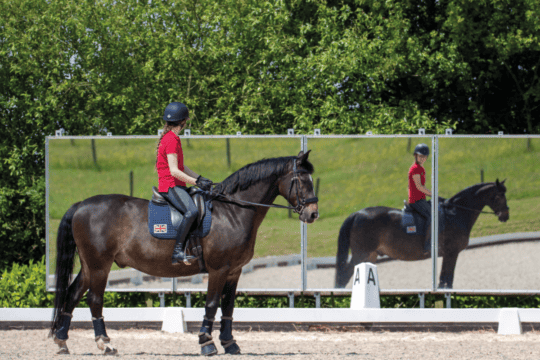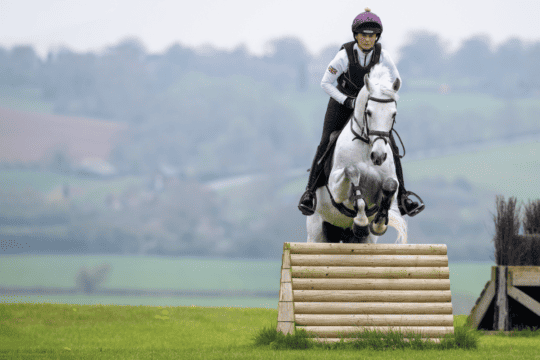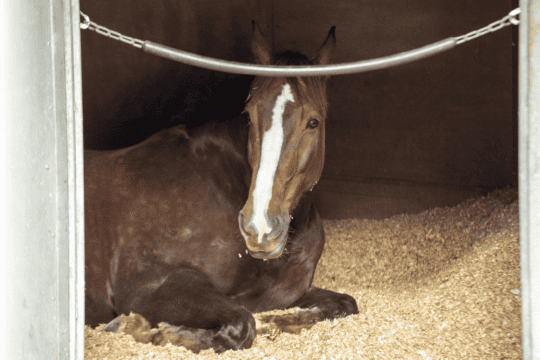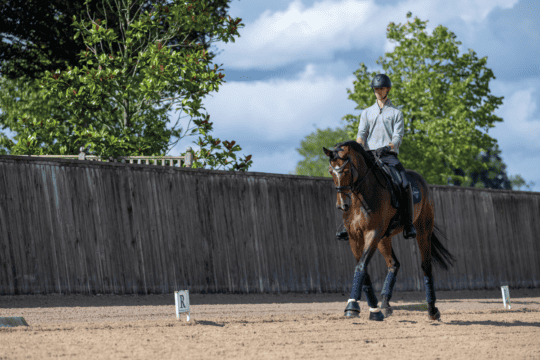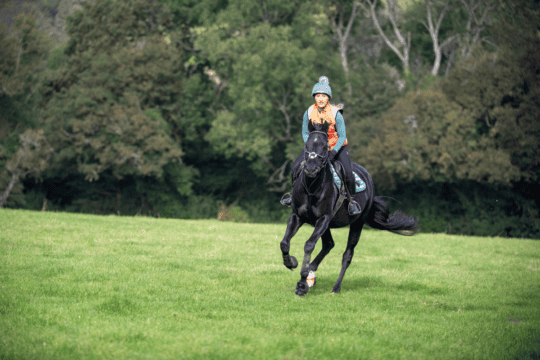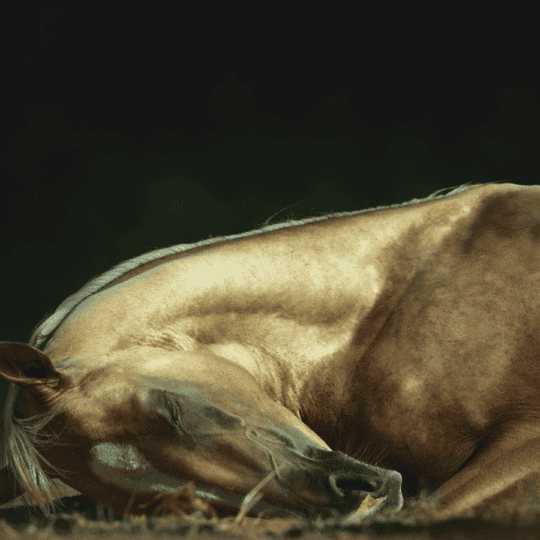Test riding tactics
Posted 31st March 2020
Sometimes the simplest moves can be the hardest to execute. Alex Harrison shares how to make these movements count
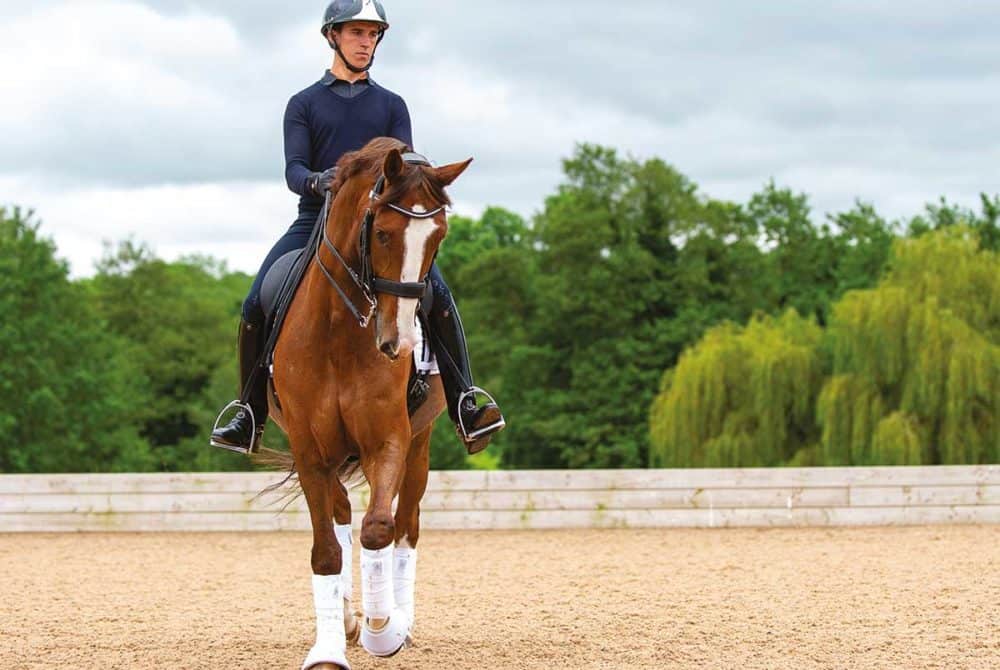
Due the current situation in the UK with COVID-19 and the added pressures on the NHS, following BHS and BEF advice we strongly recommend that you read our brilliant training advice now, but implement it at a later date when safe to do so #ThankYouNHS
From free walk on a long rein to centre lines and serpentines, sometimes the hardest movements to perform are those that sound the simplest. Remember, simple doesn’t necessarily mean plain sailing, so if you want to score those sevens, eights and beyond, it’s important that you put in the groundwork at home.
Centre lines
Dressage tests start and end on a centre line, so if there’s any movement that gives the judge a lasting impression, it’s this one. This element should never be underestimated so by investing time in training it, you’re sure to get it spot on every time.
What the judge wants A straight, rhythmic movement from A to C, with a halt at a set point.
Common pitfalls Over- or under-shooting the centre line and a lack of straightness or impulsion.
Top training The key to a successful centre line is a balanced and active rhythm – not so slow that you lose impulsion, but not so fast that your horse’s balance suffers.
The same way you might do when jumping, start looking for your turn once you’re halfway round the corner beforehand. Whether you ask for a square turn or a more arcing movement depends on your horse – if he’s quite supple and articulate in his joints, he might be more able to make a crisper turn than a horse who’s slower behind. Essentially, whichever option maintains your horse’s rhythm is the right way to do it.
The secret to keeping your line straight is to have your horse pushing forward from behind evenly, with plenty of impulsion. However, many horses learn to anticipate the halt and salute if they become too accustomed to stopping, resulting in a loss of the energy that’s much needed for straightness, so it’s a fine line between too much and too little practice. For this reason, it’s best to mix up where you ask for halt in your training, using the track and three-quarter line, too.
For more test riding tactics, get your copy of May Horse&Rider direct to your door with free P&P, here


